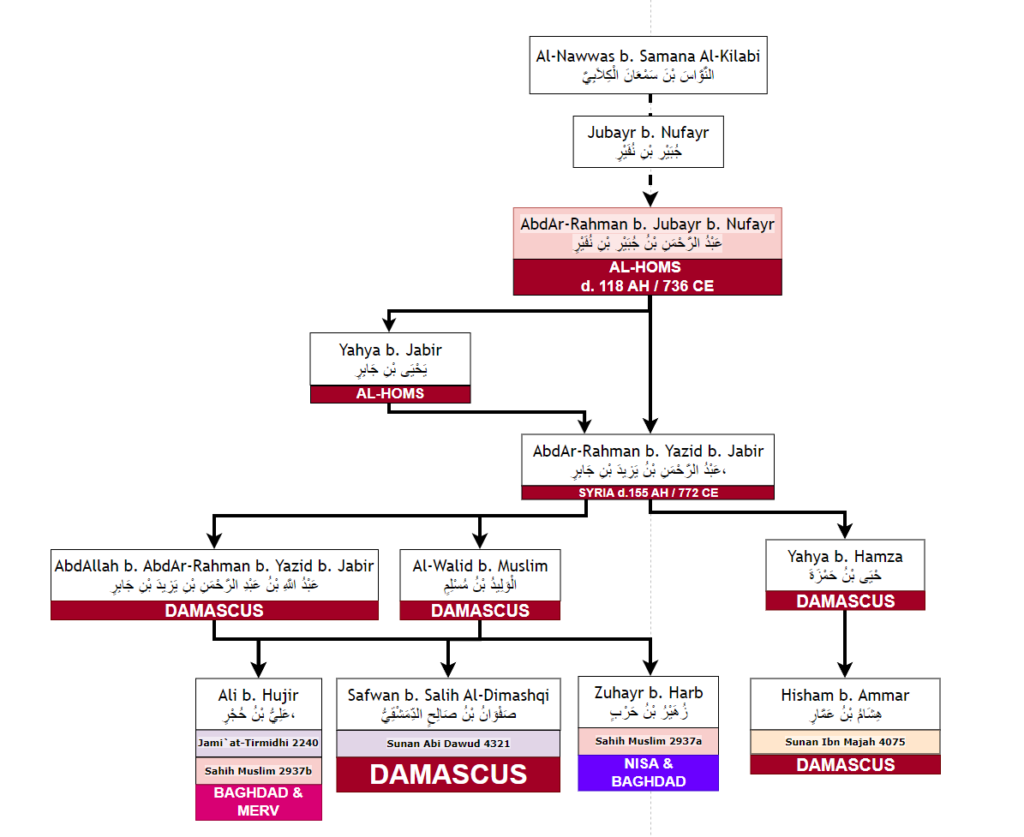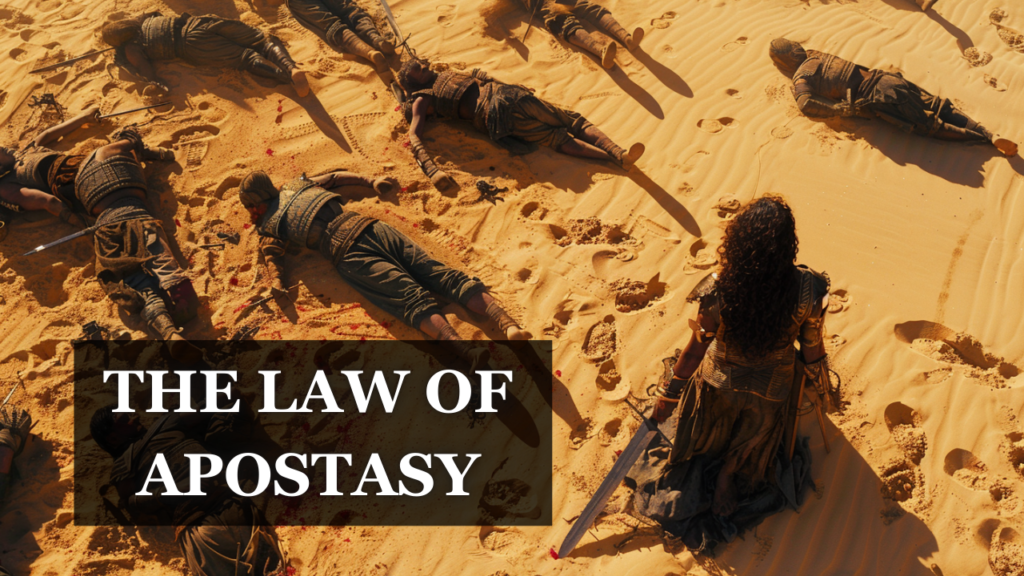The Second Coming of Jesus in Islamic Eschatology: An Analysis of Hadith Narrations
One of the central concepts within Islamic eschatology is the belief in the second coming of Jesus Christ, known as Isa bin Maryam, at the end of times. This belief, while originally emerging from Christianity, is also maintained within the Hadith corpus, where various narrations discuss his return. Understanding the historical context and transmission of these narrations reveals complexities that warrant further exploration.
Hadith Narrations of Jesus’ Descent
According to several hadiths, Jesus will descend in eastern Damascus, specifically at the White Minaret. These narrations repeatedly affirm that Jesus, the son of Mary, will appear at this significant location. A chain of transmission reveals that these accounts were narrated by al-Nawas to Jubair, who then passed them to Abd al-Rahman bin Jubair bin Nufair. From there, Abd al-Rahman bin Jubair transmitted the narration to Yahya and Abd al-Rahman bin Yazid.
The manner in which these narrations were transmitted raises questions about their authenticity. Abd al-Rahman bin Yazid subsequently conveyed this narration to three individuals: Abdullah ibn Abd al-Rahman ibn Yazid ibn Jabir, al-Wali ibn Muslim, and Yahya ibn Hamza. These three narrators further disseminated the accounts beyond Syria. Notably, Abd al-Rahman bin Jubair bin Nufair serves as the initial link, suggesting he may have been the primary source of this tradition. However, this alone does not provide sufficient grounds to label the hadith as fabricated.
The Significance of the White Minaret
A recurring element in these narrations is the mention of the White Minaret in eastern Damascus. Investigating this, we find the Umayyad Mosque, also known as the Grand Mosque of Damascus, which is located not far from Homs, the home of some narrators. Within the Umayyad Mosque stands the Minaret of Isa ibn Maryam, a striking feature that resonates with the hadith.
The history of the Umayyad Mosque is particularly intriguing. Tariq al-Tabari recounts that Al-Walid ibn Abd al-Malik, a prominent caliph, initiated the mosque’s construction on the site of a demolished church. He called upon his companions to contribute bricks, leading to the church’s destruction and the mosque’s establishment. This historical account suggests a deliberate choice to transform a Christian place of worship into an Islamic one, which undoubtedly angered the local Christian community.
Later, during the reign of Amr ibn Abdulaziz, Christians voiced their grievances over the loss of their church. The resulting discussions indicated significant socio-political tension during that period, which could have motivated some narrators to fabricate or modify narratives to align with the emerging Islamic identity and pacify the local populace.
The Umayyad Mosque features three notable minarets, including the Minaret of Jesus, which further intertwines this site with the aforementioned hadiths. The mosque was completed around 715 CE, a time when Abd al-Rahman bin Jubair bin Nufair was still alive, raising questions about the historical context of these narrations. The timing of the mosque’s completion and the presence of influential narrators lends credence to the idea that the narrations were shaped by the political landscape of the era.
The Possible Fabrication of the Narration
Given the mosque’s controversial origins and the discontent of local Christians regarding its construction, it is plausible that Abd al-Rahman bin Jubair bin Nufair fabricated the narration about Jesus’ descent to pacify the upset Christian population and elevate the mosque’s status. By asserting that Jesus would descend at the Umayyad Mosque, he could instill a sense of reverence and unofficial pilgrimage among followers, drawing them to the mosque in large numbers.
This strategic fabrication served two primary purposes: firstly, it enhanced the significance of the Umayyad Mosque as a sacred site, effectively transforming it into a center of religious importance for both Muslims and Christians. This not only legitimized the mosque’s existence but also positioned it as a focal point of unity amidst religious strife.
Secondly, it comforted the local Christian community, linking Jesus to the mosque despite their divergent beliefs regarding the hadith corpus. The idea that Jesus would return to a site with which they had historical ties may have alleviated some of their distress over the church’s destruction.
The Spread of the Narration
Following the fabrication, the narration spread through Abd al-Rahman bin Jubair bin Nufair’s transmissions to Yahya bin Jabir and Abd al-Rahman bin Yazid. The latter, a prominent figure in early Islamic scholarship, further propagated the narration among his students and peers, allowing it to gain traction within the religious community. Eventually, the narration found its way into notable collections by scholars like Tirmidhi, Muslim, Ibn Majah, and Abu Dawud, becoming an integral part of Islamic eschatological belief.
This dissemination of the fabricated hadith not only misattributed teachings to the Prophet Muhammad but also played a significant role in creating key end-time prophecies that continue to be referenced today. The notion of Jesus descending at the White Minaret has been embraced by many within the Muslim community, illustrating how a singular event can reshape theological perspectives and influence religious practice.
Conclusion
The narrative of Jesus’ descent at the White Minaret illustrates how historical contexts and motivations can shape religious traditions. The transmission of this fabricated hadith misattributed teachings to the Prophet Muhammad, yet it simultaneously created a vital theological connection between the Umayyad Mosque and the Christian heritage of the region. This intertwining of narratives not only reflects the complexities of Islamic history but also highlights the importance of critically examining the sources and contexts from which religious beliefs emerge.
By understanding the intricate relationships between political motivations, historical contexts, and religious narratives, we gain insight into how traditions evolve over time and how they can be utilized to foster communal identity and continuity. For further discussions and insights into these topics, consider joining the submission Discord server linked on this blog-spot, where interfaith debates and research take place. Additionally, you can explore more content from creators like QuranTalk for a deeper understanding of related subjects.


